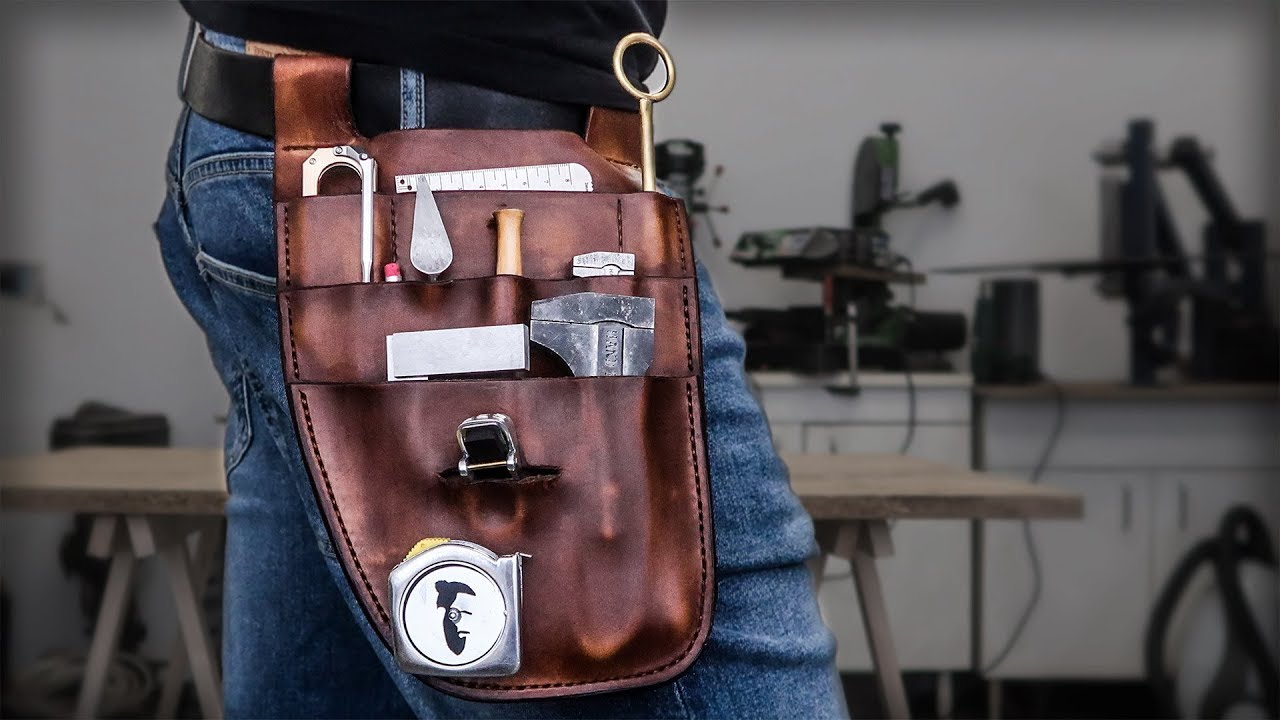

Articles
What To Use To Soften Leather Tool Belt
Modified: August 31, 2024
Discover the best articles for softening your leather tool belt to enhance its durability and flexibility. Find the top-rated products and techniques to keep your tool belt in prime condition.
(Many of the links in this article redirect to a specific reviewed product. Your purchase of these products through affiliate links helps to generate commission for Storables.com, at no extra cost. Learn more)
Introduction
When it comes to working with tools, a reliable tool belt is essential. A leather tool belt is not only stylish but also durable, making it a popular choice among professionals and enthusiasts alike. However, new leather tool belts can often be stiff and uncomfortable. That’s where the importance of softening a leather tool belt comes into play.
Softening a leather tool belt not only enhances its comfort but also extends its lifespan. A soft and supple leather belt molds to your body, making it easier to wear for extended periods without causing discomfort or irritation. Moreover, a softened leather tool belt becomes more flexible, allowing you to move more freely and access your tools with ease.
In this article, we will explore the various methods you can use to soften your leather tool belt. These methods are tried and tested, ensuring that your tool belt becomes comfortable and pliable without compromising its durability and quality.
Key Takeaways:
- Softening your leather tool belt is crucial for comfort, flexibility, and durability. Methods like leather conditioners, neatsfoot oil, and stretching techniques can transform your stiff belt into a pliable and comfortable tool holder.
- Regular maintenance with leather softening sprays, beeswax, and vinegar solutions ensures a supple and professional-looking tool belt. Choose the method that best suits your leather type and enjoy a comfortable and durable tool belt for your work projects.
Read more: How To Store Leather Belts
Importance of Softening Leather Tool Belt
Softening a leather tool belt is a crucial step in ensuring maximum comfort and functionality. Here are some key reasons why softening your leather tool belt is important:
- Improved Comfort: A stiff and rigid leather tool belt can cause discomfort, especially when worn for extended periods. Softening the leather allows it to conform to your body, providing a more comfortable fit.
- Enhanced Flexibility: A softened leather tool belt becomes more flexible, allowing you to move around more freely. This flexibility is particularly useful when reaching for tools or bending during various tasks.
- Reduced Risk of Damage: New leather tool belts are often prone to cracking, splitting, or developing creases. By softening the leather, you make it more pliable, reducing the risk of these damages occurring.
- Extended Lifespan: A well-maintained and softened leather tool belt lasts longer. Regular softening helps prevent permanent and irreversible damage to the leather, ultimately prolonging the life of your tool belt.
- Improved Tool Accessibility: When a leather tool belt is stiff, it can be challenging to insert or remove tools. Softening the leather makes it easier for tools to slide in and out of the pockets, ensuring quick and efficient access.
- Enhanced Appearance: Softening the leather can help restore its natural shine and smoothness. It gives your tool belt a well-conditioned and professional look, reflecting positively on your overall image and workmanship.
By understanding the importance of softening your leather tool belt, you can ensure that it remains comfortable, flexible, and functional throughout its lifespan. Now, let’s explore some popular methods you can use to achieve this.
Popular Methods to Soften Leather Tool Belt
There are several effective methods you can use to soften a leather tool belt. Let’s delve into some of the most popular ones:
- Leather Conditioner: Leather conditioner is a common product used to moisturize and soften leather. Apply a generous amount of conditioner to the tool belt and massage it into the leather using a soft cloth. Allow it to penetrate the leather for a few hours or overnight before wiping off any excess.
- Neatsfoot Oil: Neatsfoot oil is a natural oil derived from cattle. It softens and restores moisture to dry leather. Apply a small amount of neatsfoot oil to a cloth and rub it into the leather in circular motions. Let it absorb for a few hours before wiping away any excess oil.
- Mink Oil: Mink oil is another popular choice for softening leather. It helps condition and nourish the leather, making it more supple. Apply a thin layer of mink oil to the tool belt and gently massage it into the leather. Allow it to sit for a few hours or overnight, then wipe off any excess oil.
- Beeswax: Beeswax is an excellent option for softening and conditioning leather. Warm a small amount of beeswax between your fingers and apply it evenly to the leather tool belt. Use a hairdryer to melt the wax into the leather, and then buff it with a soft cloth to achieve a smooth finish.
- Saddle Soap: Saddle soap is a traditional method for cleaning and conditioning leather. Apply saddle soap onto a damp cloth and gently rub it onto the tool belt, focusing on areas that need softening. Wipe off any excess soap with a clean cloth and allow the leather to dry naturally.
- Vinegar and Water Solution: Create a mixture of equal parts vinegar and water. Dampen a cloth with the solution and gently rub it onto the leather tool belt. Vinegar helps soften the leather while also removing any dirt or stains. Allow the belt to air dry and then apply a leather conditioner for added softness.
- Leather Softening Sprays: There are specific leather softening sprays available on the market. These sprays penetrate the leather and provide conditioning and softening properties. Follow the instructions on the spray bottle and apply it evenly to the leather tool belt. Allow it to dry completely before using the belt.
- Leather Stretching Techniques: If your leather tool belt is too tight or uncomfortable, you can use stretching techniques to soften and expand it. One method is to wear the belt and use gentle stretching motions to gradually loosen the leather. You can also insert objects, such as a foam roller or a round object, into the belt to stretch it overnight.
These are just a few of the popular methods you can use to soften your leather tool belt. Experiment with different techniques and find the one that works best for you and your specific belt. Remember to always test any products or solutions on a small, inconspicuous area of the leather before applying them to the entire tool belt.
By utilizing these methods, you can transform your stiff leather tool belt into a comfortable and flexible tool holder that will enhance your work experience.
Leather Conditioner
Leather conditioner is a widely used product for softening and maintaining the quality of leather. It helps to moisturize the leather fibers, making them more supple and flexible. Using a leather conditioner to soften your leather tool belt is a simple and effective method.
To soften your leather tool belt with a conditioner, follow these steps:
- Start by cleaning the tool belt with a soft cloth or brush to remove any dirt or debris.
- Apply a small amount of leather conditioner to a clean, lint-free cloth.
- Gently rub the conditioner onto the surface of the tool belt, massaging it into the leather in circular motions.
- Make sure to cover the entire belt, paying extra attention to stiff or dry areas.
- Allow the conditioner to penetrate the leather for the recommended time specified on the product label. This usually ranges from a few hours to overnight.
- After the conditioning time has elapsed, use a clean cloth to wipe off any excess conditioner from the tool belt.
- Allow the leather to air dry completely before using the tool belt.
It’s essential to choose a high-quality leather conditioner that is specifically formulated for tool belts or general leather care. Read the product label carefully to ensure it is suitable for use on your leather tool belt.
Regularly conditioning your leather tool belt not only softens the leather but also helps maintain its longevity. Leather conditioner not only keeps the leather supple but also helps protect it from drying out, cracking, or becoming stiff over time.
Remember to test the leather conditioner on a small, inconspicuous area of your tool belt before applying it to the entire surface. This will help you ensure that the conditioner does not negatively affect the leather’s color or finish.
By using a leather conditioner as part of your tool belt maintenance routine, you can enjoy a softer, more comfortable tool belt that will serve you well in your work activities.
Neatsfoot Oil
Neatsfoot oil is a popular choice for softening and conditioning leather, including leather tool belts. It is a natural oil derived from the shin bones and feet of cattle. Known for its moisturizing properties, neatsfoot oil helps restore moisture to dry and stiff leather, making it more supple and flexible.
To soften your leather tool belt with neatsfoot oil, follow these steps:
- Clean the tool belt with a soft cloth or brush to remove any dirt or dust.
- Pour a small amount of neatsfoot oil onto a clean, lint-free cloth or sponge.
- Gently rub the oil onto the tool belt, making sure to cover the entire surface. Pay extra attention to areas that are particularly dry or stiff.
- Massage the oil into the leather in circular motions, allowing it to penetrate the fibers.
- Leave the neatsfoot oil on the tool belt for a few hours or overnight to allow it to fully absorb into the leather.
- After the oil has had time to penetrate, use a clean cloth to wipe off any excess oil from the surface of the tool belt.
- Allow the leather to air dry completely before using the tool belt.
Neatsfoot oil not only softens the leather but also helps restore and preserve its natural oils. It replenishes the moisture that the leather loses over time, preventing it from becoming brittle or cracking. The application of neatsfoot oil can rejuvenate older or dry tool belts, making them more comfortable and pliable.
It is important to note that neatsfoot oil can darken the color of the leather slightly. If you prefer to maintain the original color of your tool belt, it is recommended to test a small amount of oil on an inconspicuous area first to ensure you are satisfied with the result.
When using neatsfoot oil, it is advisable to apply it sparingly. Overuse of the oil can make the leather overly soft and potentially weaken its structure. Follow the instructions on the product label and apply the oil in moderate amounts.
Regularly treating your leather tool belt with neatsfoot oil can help keep the leather soft, supple, and in good condition. By providing the necessary moisture and conditioning, neatsfoot oil ensures that your tool belt remains comfortable and functional for years to come.
Read more: How To Make Leather Tool Belt
Mink Oil
Mink oil is a popular choice for softening and conditioning leather, including leather tool belts. It is derived from the fat of minks, and its natural properties make it an effective moisturizer and protectant for leather. Mink oil helps restore moisture to dry and stiff leather, making it more supple and flexible.
To soften your leather tool belt with mink oil, follow these steps:
- Start by cleaning the tool belt with a soft cloth or brush to remove any dirt or debris.
- Apply a small amount of mink oil to a clean, lint-free cloth or sponge.
- Gently rub the mink oil onto the tool belt, making sure to cover the entire surface. Pay extra attention to areas that are particularly dry or stiff.
- Massage the oil into the leather using circular motions, allowing it to penetrate the fibers.
- Leave the mink oil on the tool belt for a few hours or overnight to allow it to fully absorb into the leather.
- After the oil has had time to penetrate, use a clean cloth to wipe off any excess oil from the surface of the tool belt.
- Allow the leather to air dry completely before using the tool belt.
Mink oil not only softens the leather but also helps condition and protect it. It forms a protective layer that helps repel moisture, preventing the leather from drying out or becoming stiff. The application of mink oil can rejuvenate older or dry tool belts, making them more comfortable and durable.
It is important to note that mink oil may darken the color of the leather, especially lighter-colored leather. If you prefer to maintain the original color of your tool belt, it is recommended to test a small amount of oil on an inconspicuous area first to ensure you are satisfied with the result.
When using mink oil, a little goes a long way. Applying too much oil may lead to an overly greasy or sticky finish. Follow the instructions on the product label and use the oil in moderation.
Regularly treating your leather tool belt with mink oil can help keep the leather soft, supple, and protected against the elements. By providing the necessary moisture and conditioning, mink oil ensures that your tool belt remains comfortable and in good condition, ready for all your work needs.
To soften a leather tool belt, use a leather conditioner or mink oil. Apply a small amount to a clean cloth and rub it into the leather in a circular motion. Allow it to absorb and repeat as needed.
Beeswax
Beeswax is a natural and versatile product that can be used to soften and protect leather, including leather tool belts. It is known for its conditioning properties, creating a barrier that helps retain moisture and increase the flexibility of the leather.
To soften your leather tool belt with beeswax, follow these steps:
- Clean the tool belt with a soft cloth or brush to remove any dirt or debris.
- Warm a small amount of beeswax between your fingers until it becomes pliable.
- Apply the softened beeswax evenly to the surface of the tool belt, focusing on areas that are stiff or dry.
- Gently massage the beeswax into the leather using circular motions.
- Use a hairdryer set on low heat to melt the beeswax into the leather, ensuring it penetrates the fibers.
- After the beeswax has been melted and absorbed, use a clean cloth to buff the tool belt and remove any excess wax.
Beeswax not only softens the leather but also creates a protective layer that helps prevent moisture and dirt from penetrating the leather surface. The application of beeswax can revive the appearance of the leather and give it a subtle sheen.
It is important to note that beeswax may slightly darken the color of the leather. If you prefer to maintain the original color of your tool belt, it is recommended to test a small amount of beeswax on an inconspicuous area first to ensure you are satisfied with the result.
Beeswax can also be combined with other ingredients, such as olive oil or lanolin, to create a homemade leather balm for softening and conditioning. Experiment with different ratios and ingredients to find a mixture that works best for your leather tool belt.
Regularly treating your leather tool belt with beeswax helps maintain its flexibility, prolong its lifespan, and protect it from everyday wear and tear. With the conditioning properties of beeswax, your tool belt will remain soft and supple, providing you with the comfort and functionality you need during your work tasks.
Saddle Soap
Saddle soap is a traditional and effective method for cleaning, conditioning, and softening leather, including leather tool belts. It contains moisturizing agents that help remove dirt, grime, and oils from the leather surface while keeping it supple and flexible.
To soften your leather tool belt with saddle soap, follow these steps:
- Dampen a soft cloth or sponge with water.
- Rub the damp cloth or sponge onto the saddle soap to create a lather.
- Gently scrub the tool belt with the lather, focusing on stiff or dry areas.
- Continue to work the lather into the leather using circular motions.
- Rinse the cloth or sponge to remove excess soap and wipe away the lather from the tool belt.
- Allow the tool belt to air dry naturally.
Saddle soap not only cleans the leather but also conditions and softens it. It helps restore moisture to dry or stiff leather, making it more pliable and comfortable to wear. Regular use of saddle soap can also help maintain the appearance and durability of your leather tool belt.
It is important to test the saddle soap on an inconspicuous area of your tool belt first to ensure that it does not affect the leather’s color or finish. If the color or appearance is altered, discontinue use and consider using an alternative method.
When applying saddle soap, use a gentle touch and avoid excessive scrubbing, as this can damage the leather. Allow the leather to dry completely before using the tool belt to ensure optimal softness and flexibility.
If your leather tool belt has deep stains or excessive dirt buildup, it may be necessary to repeat the saddle soap cleaning process or seek professional assistance for more thorough cleaning.
By incorporating saddle soap into your leather tool belt maintenance routine, you can keep the leather clean, conditioned, and soft, allowing for maximum comfort and longevity.
Vinegar and Water Solution
A vinegar and water solution is a simple and cost-effective method for softening and cleaning leather tool belts. Vinegar acts as a mild acid that helps break down dirt and grime while softening the leather fibers. This method is particularly useful for removing stubborn stains and restoring flexibility to stiff leather.
To soften your leather tool belt with a vinegar and water solution, follow these steps:
- Mix equal parts of white vinegar and water in a spray bottle or a bowl.
- Dampen a soft cloth or sponge with the vinegar and water solution.
- Gently rub the damp cloth or sponge onto the tool belt, focusing on areas that are stiff or dirty.
- Use circular motions to massage the solution into the leather, allowing it to penetrate the fibers.
- Continue to clean the entire tool belt with the solution, ensuring all areas are covered.
- Allow the tool belt to air dry naturally.
- Once dry, apply a leather conditioner or moisturizer to restore the softness and suppleness of the leather.
The vinegar in the solution acts as a softening agent, helping to break down dirt and residues, while the water dilutes the vinegar and provides moisture to the leather. This combination helps soften and condition the leather, making it more comfortable and flexible.
It is important to note that the smell of vinegar may linger after applying this solution. However, the smell will dissipate over time as the leather dries.
Before using the vinegar and water solution on your tool belt, it is recommended to test it on a small, inconspicuous area to ensure it does not affect the leather’s color or finish. If any adverse effects occur, discontinue use and explore alternative methods.
Following the vinegar and water treatment, it is crucial to apply a leather conditioner or moisturizer to replenish the moisture content of the leather. This ensures that the leather remains soft, supple, and protected for an extended period.
By incorporating the vinegar and water solution into your leather tool belt maintenance routine, you can remove dirt, stains, and stiffness from the leather, resulting in a softer and more comfortable tool belt for your work needs.
Read more: How To Clean Leather Tool Belt
Leather Softening Sprays
Leather softening sprays are specially formulated products designed to soften and condition leather. These sprays penetrate the leather fibers, providing moisture and restoring the natural oils that can be lost over time. They are convenient to use and offer a quick and effective way to soften your leather tool belt.
To soften your leather tool belt with a leather softening spray, follow these steps:
- Ensure that your tool belt is clean and free from any dirt or debris.
- Hold the leather softening spray about 6-8 inches away from the tool belt.
- Evenly spray a light mist of the product onto the surface of the tool belt, covering the entire area.
- Allow the spray to penetrate the leather for the recommended time specified on the product label.
- Gently massage the spray into the leather using a soft cloth, focusing on areas that are stiff or dry.
- Leave the tool belt to air dry completely.
Leather softening sprays provide an efficient and hassle-free method for softening your leather tool belt. They usually contain a combination of ingredients such as oils, conditioners, and moisturizers that work together to rejuvenate the leather, making it more pliable and comfortable to wear.
It is important to follow the instructions on the product label carefully, as different sprays may have varying application methods and drying times. Additionally, avoid over-applying the spray, as too much product can leave a greasy residue on the leather surface.
Before using a leather softening spray, it is advisable to test it on a small, inconspicuous area of your tool belt to ensure compatibility and to check for any adverse reactions, such as color changes or damage to the leather.
Regular use of a leather softening spray can help keep your tool belt soft and supple while preventing it from drying out or becoming stiff. It is a convenient and effective solution for maintaining the comfort and integrity of your leather tool belt.
Leather Stretching Techniques
If your leather tool belt feels tight or uncomfortable, you can utilize leather stretching techniques to soften and expand it. These techniques help to loosen the leather fibers, allowing for a more comfortable fit. Here are some methods you can try:
- Wear and Stretch: One of the simplest ways to stretch a leather tool belt is to wear it regularly. Over time, the natural movement of your body will help stretch the leather, making it more pliable and comfortable. Wear the tool belt for extended periods and engage in activities that require bending and movement to help stretch the leather naturally.
- Heat and Moisture: Applying heat and moisture to the leather can help expedite the stretching process. Dampen a clean cloth with warm water and place it on the tool belt, focusing on areas that feel tight. Leave the cloth on for 20-30 minutes to allow the warmth and moisture to penetrate the leather. Afterward, wear the tool belt for some time to encourage stretching.
- Leather Stretcher: A leather stretcher is a specialized tool designed to stretch leather items. It usually consists of adjustable knobs or rods that can be inserted into the belt to gradually expand it. Follow the instructions provided with the leather stretcher to use it effectively and avoid overstretching the leather.
- Insert Objects: Another method to stretch a leather tool belt is to insert objects inside it that have a slightly larger circumference than your waist size. This can include foam rollers, round objects, or even tightly rolled newspapers. Leave the objects inside the belt overnight or for a few days to gently stretch the leather.
- Professional Assistance: If you are unsure about stretching the leather yourself, or if the tool belt requires significant stretching, it may be advisable to seek assistance from a professional leatherworker. They have the expertise and tools to stretch the belt safely and effectively.
It’s important to note that stretching leather too aggressively can cause damage or irreversible stretching. Use caution and patience when employing these techniques to avoid compromising the quality and integrity of the leather tool belt.
Remember that leather stretching techniques may not completely transform a leather tool belt that is significantly smaller than your waist size. However, they can help to provide a bit more room and improve overall comfort.
By utilizing these stretching techniques, you can gradually soften and expand your leather tool belt, ensuring a comfortable and customized fit that allows you to carry your tools and work with ease.
Conclusion
Softening a leather tool belt is essential for maximum comfort and functionality. A soft and supple tool belt not only enhances your working experience but also prolongs the lifespan of your belt. Throughout this article, we have explored various popular methods to soften leather tool belts.
Leather conditioners, such as neatsfoot oil and mink oil, provide excellent conditioning properties that moisturize the leather and restore its flexibility. Beeswax acts as a protective layer and nourishes the leather, while saddle soap cleans and conditions the leather surface. A vinegar and water solution is a simple yet effective way to soften and clean the leather, while leather softening sprays offer convenience and quick results. Additionally, leather stretching techniques help to loosen and expand the leather tool belt for a better fit.
When softening a leather tool belt, it is important to choose the method that best suits the condition and type of leather you are working with. Always test any products or solutions on a small, inconspicuous area before applying them to the entire belt. Following the instructions provided with the products and techniques will ensure the best results.
Regular maintenance is key to maintaining the softness and flexibility of your leather tool belt. By incorporating these softening methods into your routine, you can enjoy a comfortable and durable tool belt that will serve you well throughout your work projects.
Remember, softening leather tool belts not only enhances their functionality but also adds to their visual appeal. A well-maintained and supple tool belt reflects your professionalism and commitment to quality workmanship.
So don’t wait any longer! Choose the method or combination of methods that suit your needs and give your leather tool belt the softness it deserves. Your comfort and productivity will thank you.
Frequently Asked Questions about What To Use To Soften Leather Tool Belt
Was this page helpful?
At Storables.com, we guarantee accurate and reliable information. Our content, validated by Expert Board Contributors, is crafted following stringent Editorial Policies. We're committed to providing you with well-researched, expert-backed insights for all your informational needs.
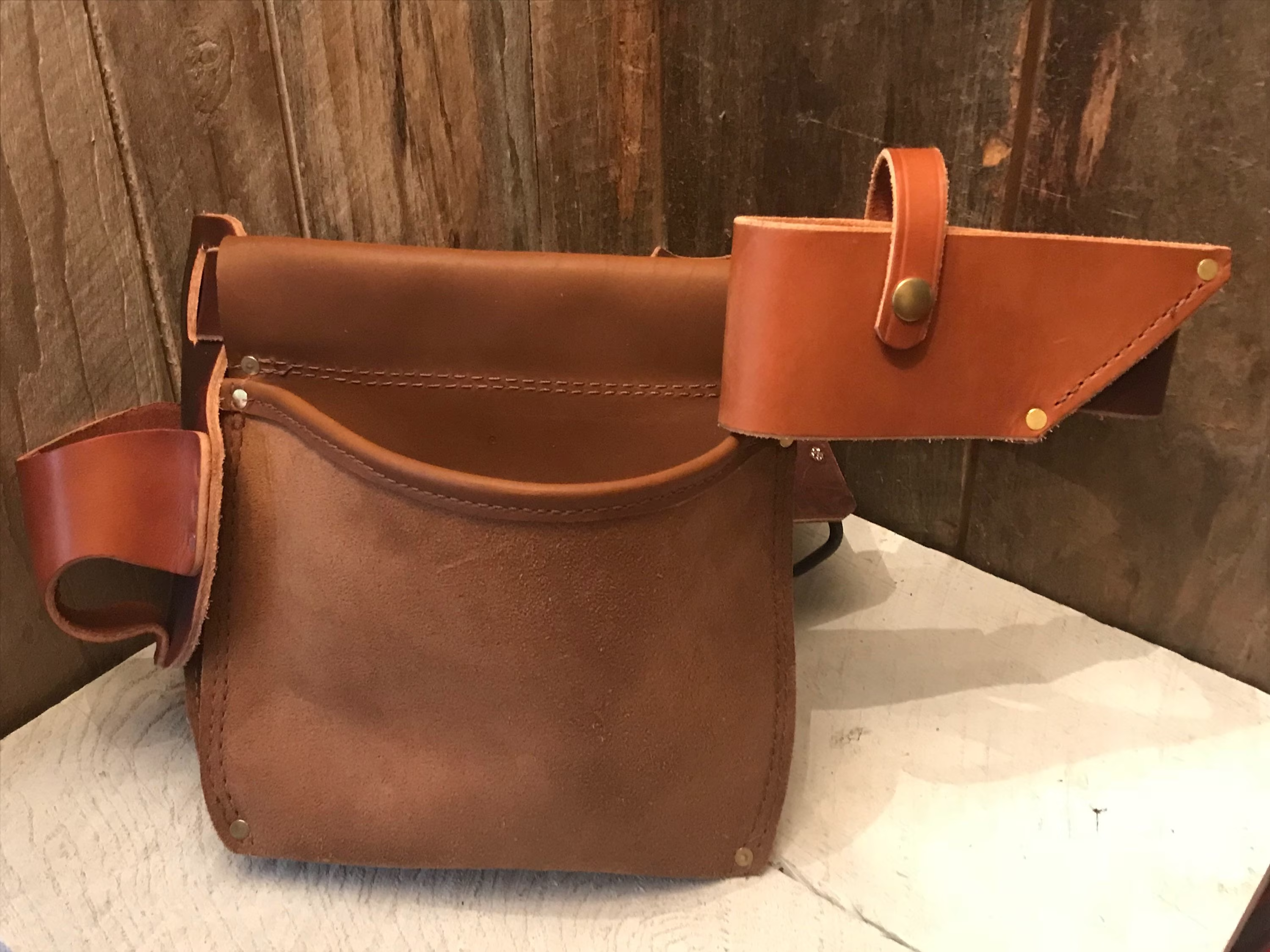

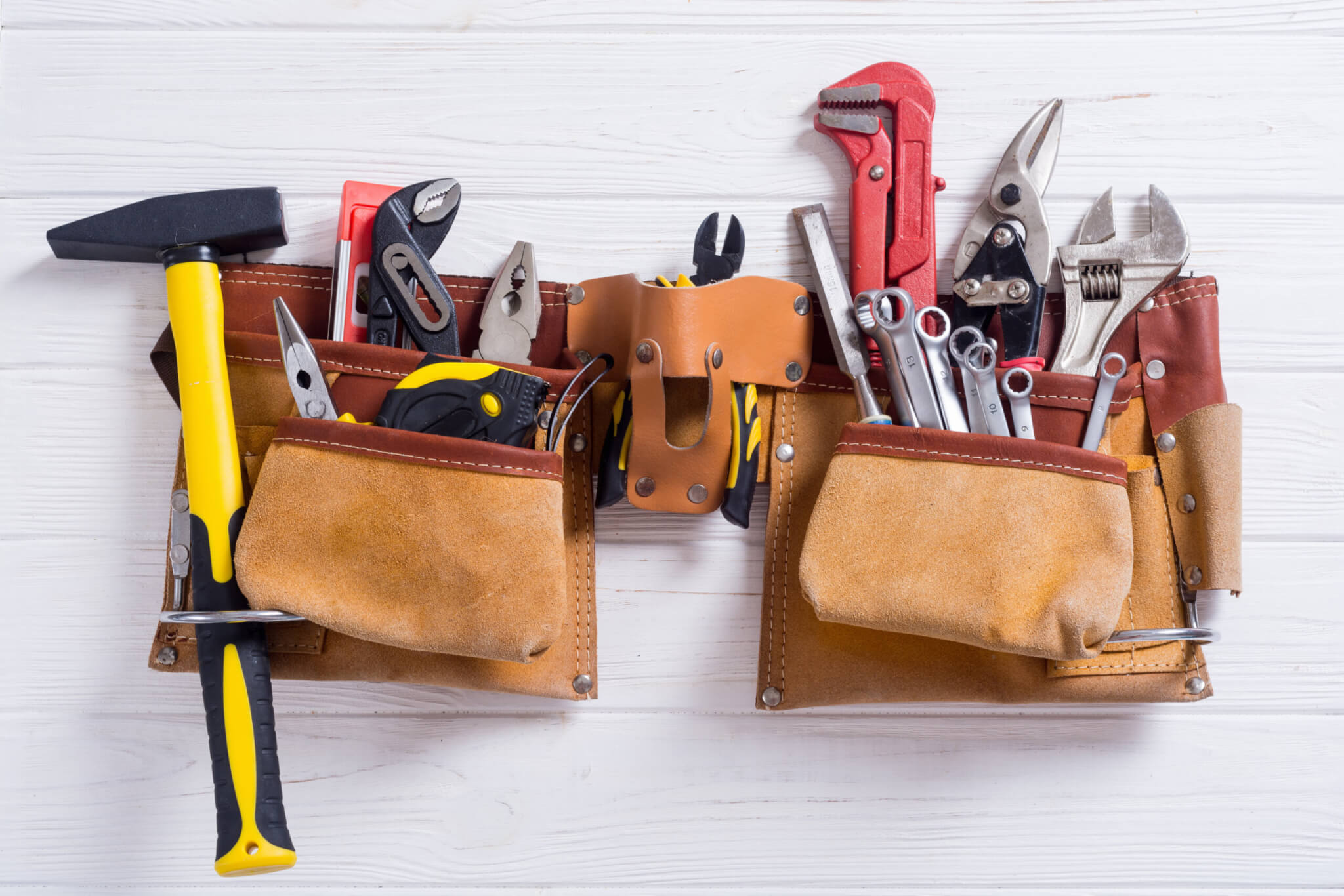

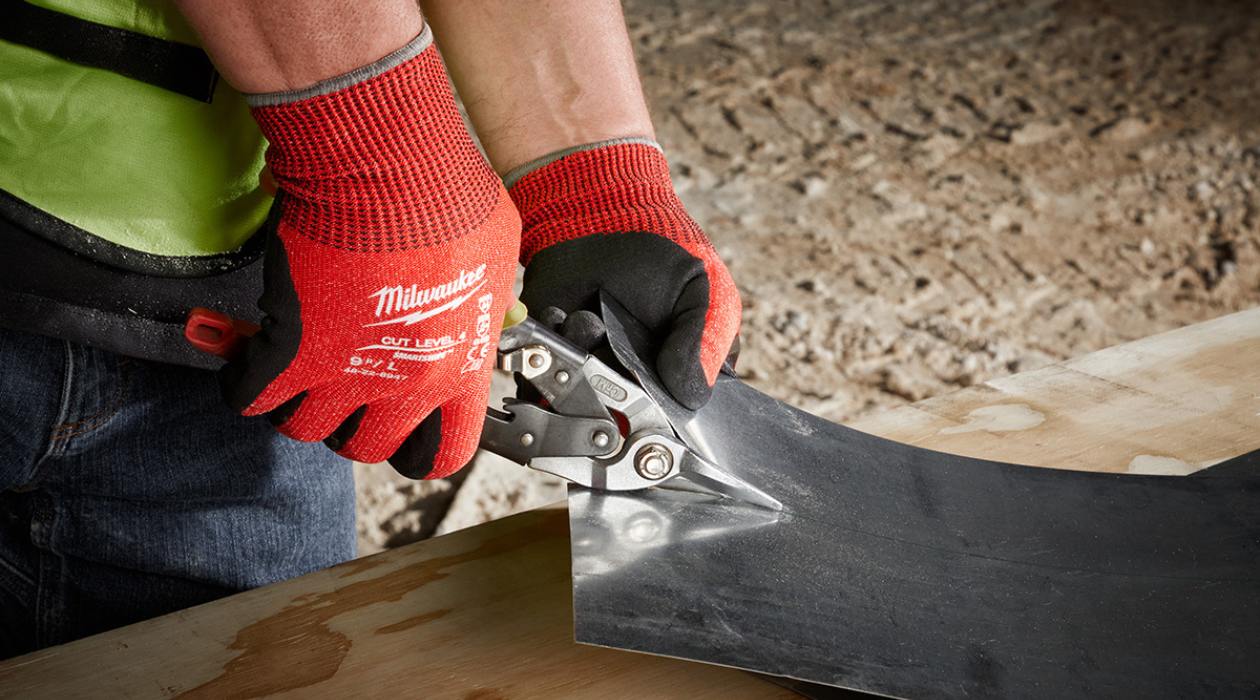



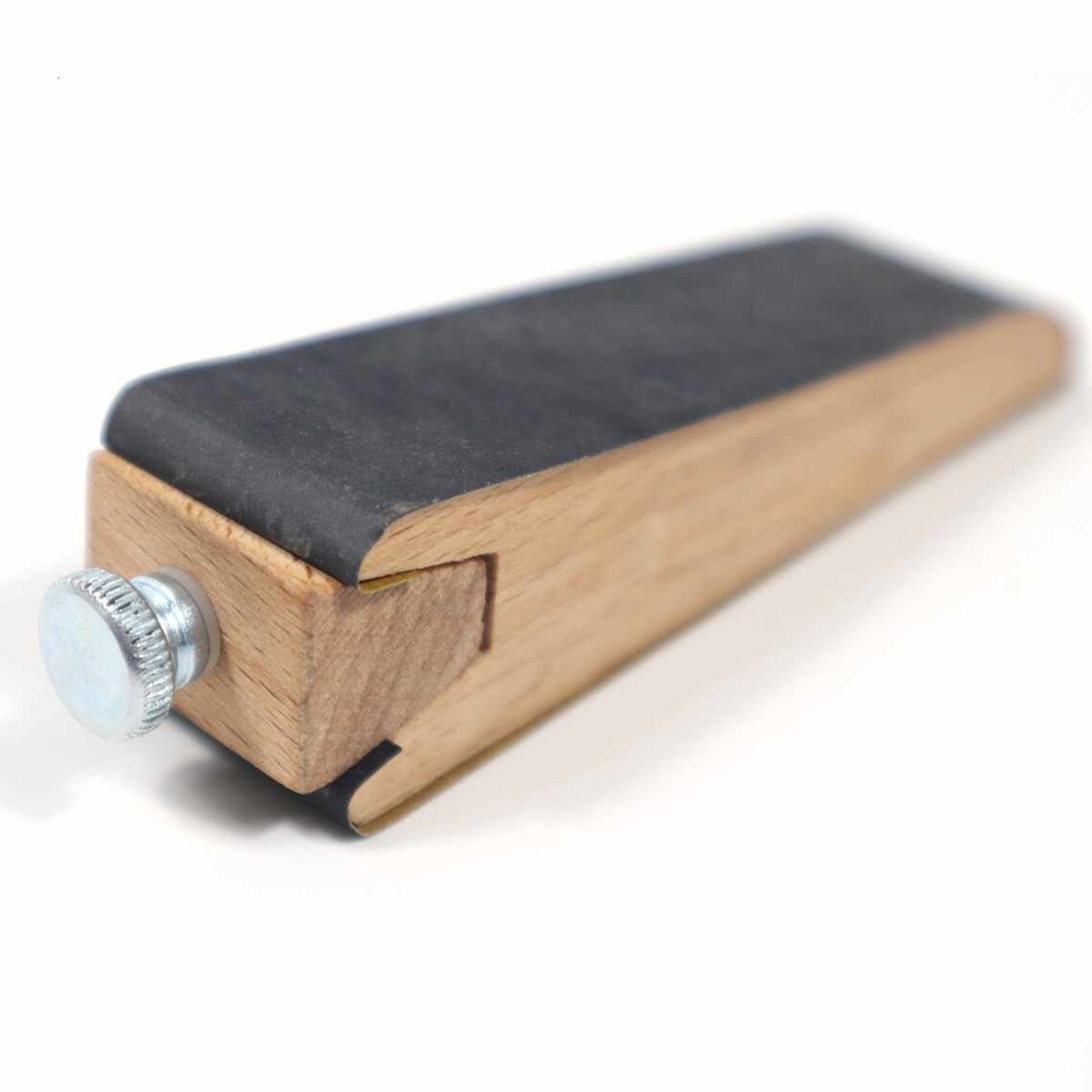
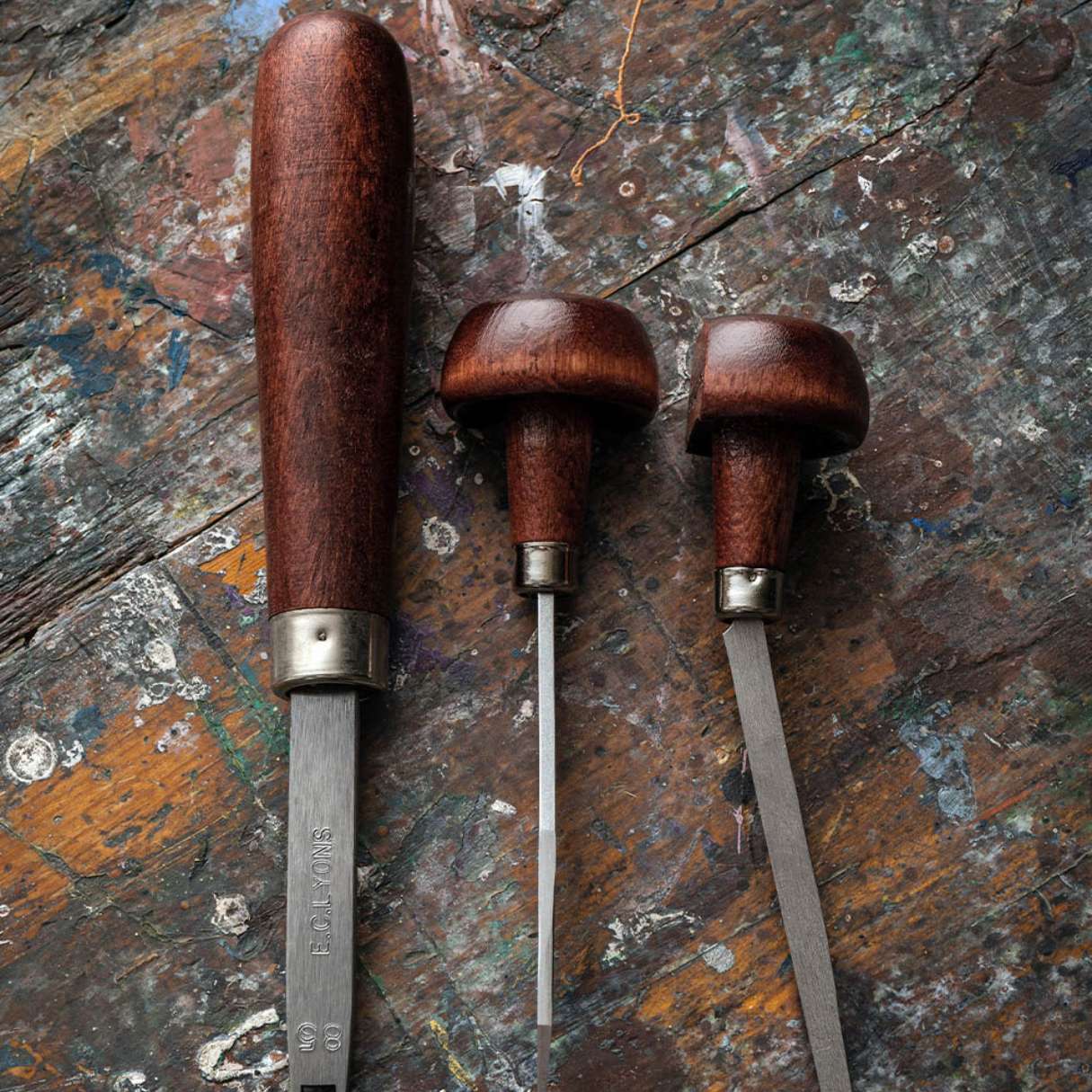




0 thoughts on “What To Use To Soften Leather Tool Belt”